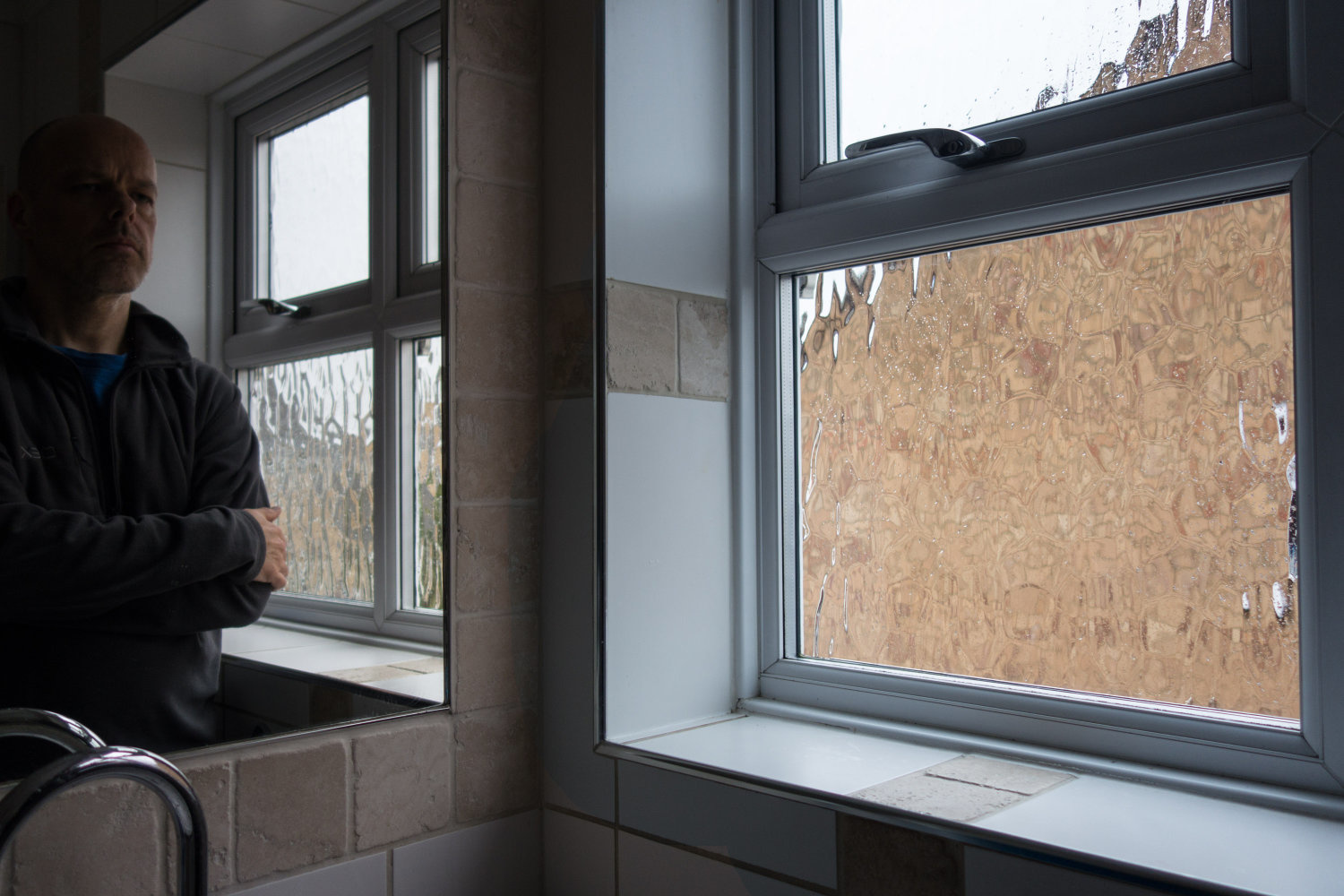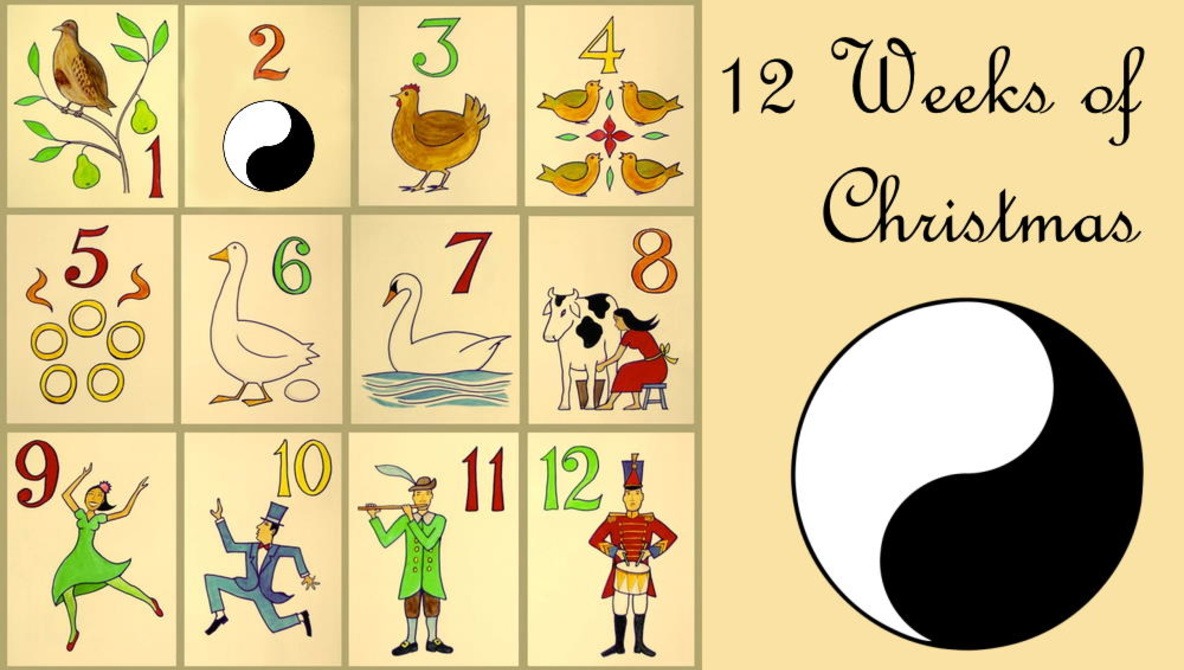Life is comprised of a magical interweaving of yin and yang, that infinite dance of opposites that complement one another. Twos, couplets, opposites, pairs — call them what you will, but we see this play out in photography again and again, so discover five of the best.
When we think of yin and yang, we often imagine polar opposites, in the same way that we view positive and negative. Two very different halves of the same coin — or indeed, a different coin. Yet, yin and yang are a way of describing how seemingly opposite forces can be linked or interconnected, actually complementing one another rather than acting in opposition. Order and chaos, north and south, summer and winter, high and low, health and illness: it is a force that binds the parts together as part of a mutual whole and, when viewed holistically, allows you to embrace the world for what it is. It becomes more than the sum of its parts.
1. Before and After
The "before and after" is a powerful photographic diptych that moves beyond the temporal constraints of the single image — presenting two — and links them together in time. However, before and after is actually focused upon highlighting the impact of a singular event by saying: "This is what it was like before, something happened, and it now looks like this." From these images, you need to infer what that event is, although it is usually shown or implied. There is ample opportunity to use these comically, and the master of the before and after is Elliot Erwitt. He presents these in his book, Sequentially Yours, as well as presenting a number of these in this great conference presentation where a sequence of "Before and After" images start at 13:54. It makes me wonder how (and indeed why!) he went about creating these — they are wonderfully lighthearted and make you smile in a way that rarely happens. Having a deft mind and sketching out an idea seems like the best way of starting. You are only limited by your imagination!
2. Couples
It might seem common, obvious, or even trite; however, the stalwart of yin and yang has to be the couple where we depict a common bond. That may be that marriage, siblings (and the special case of twins), or parent-child, but can easlyy extend to friends, work (colleague or boss), pets, grandparents, celebrities (the "celebrity selfie"), or sports (opponents, teammates). I'm sure you can think of other examples.
What is special about the "couple" is showing the relationship that comes from the uniqueness of the bond. Every photo — every personal photo — is laden with emotional baggage, triggered by the visual memory. If you are one half of the photo, then the other half will generate a response in you. If there were more people included, then your response would change. Creating photos of couples is therefore a profound experience for both those in the photo and the photographer. So, if you set yourself one photographic goal this Christmas, then create a photo of a couple that you don't currently have. You will savor it one day in the future.

3. Then and Now
The "Then and Now" is a variation on "Before and After" in the sense that it also plays with time, but with one significant change: the focus switches from the event to the objects themselves. In the "Before and After," we use the photos to infer what has happened, and this can often be used comically. With the "Then and Now," we are interested in the effect and impact of the passing of time on what we are photographing. This could be the aging of an individual or change to a building or street. A great example of the former is from photographer and father Frans Hofmeester, who photographed his daughter weekly for 20 years to produce the ultimate then and now — a 20-year time-shifting masterpiece. People are also entranced by the latter, because they want to better understand where they live and work, and viewing a past landscape is one way of connecting with it. This is at its most extreme in towns and cities that have seen violent change, as this BBC example from Londonderry in Northern Ireland shows.
4. The Composite
OK, composites can comprise any number of shots you want, and we often think of compositing as combining components that we can't photograph together, such as replacing skies or adding people. However, you can also use the composite to create scenes that can't exist, and these can often be produced using just two photos. If you're new to compositing, then take a look at the Art of Composite Photography, but in essence, we want to shoot a "before and after" that creates two scenes you can then merge, as I've produced below as a "ghost in the mirror." These are fun to devise and create, something that seems to work well at Christmas!

5. Environment and Detail
While many of the above examples are produced or are displayed as single photos, "Environment and Detail" are best presented as diptychs (or, indeed, as a mosaic with more photos). A regular tip from landscape and architectural photographers is to "shoot the scene," which generally means changing both your viewpoint and focal length in order to photographically explore your environment. By varying these two factors, you can search for that magical composition that just clicks in a 2D photo. The other tip is to "shoot the detail" by picking out small features that are unusual or characteristic. When viewed out of context, they lack meaning and so, narrative, but when in context, they add to the rich panoply on display.
Diptychs simply present these in combination and are a powerful way of displaying photos — they become more than the sum of their parts. Go back through your catalog, as you may be surprised at how many photos already meet the brief; however, the next time you go out, purposefully shoot the whole and the part. If nothing else, you will end up seeing more.
 Have you got any examples of your own from the list above or do you shoot different types of duography? Drop a comment below.
Have you got any examples of your own from the list above or do you shoot different types of duography? Drop a comment below.
Lead image a composite courtesy of Xavier Romero-Friasand and Lokal_Profil via Wikipedia, used under Creative Commons.





